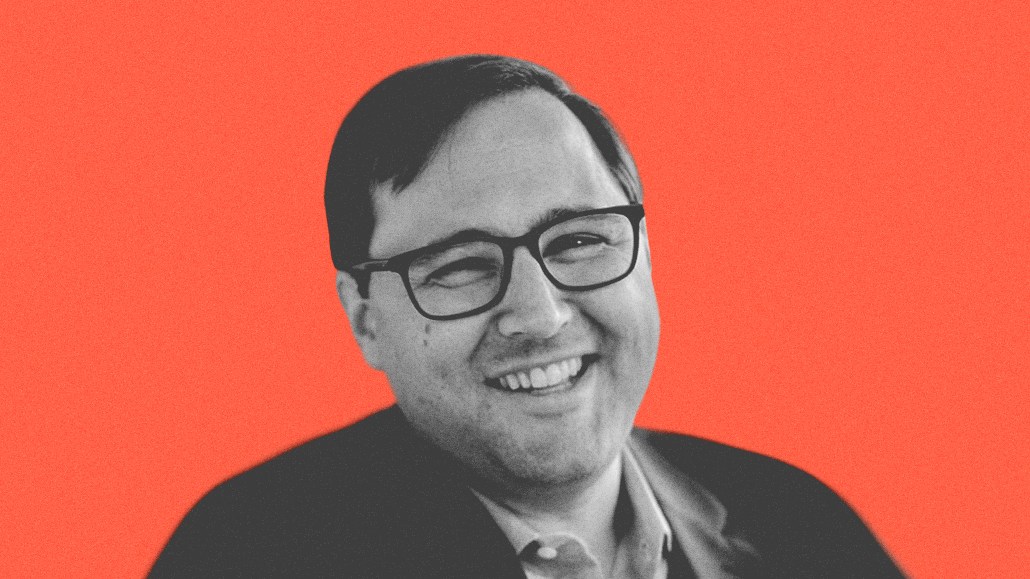How this founder evolved the agency he started in 9th grade into an incubator for new brands

If you start an agency in ninth grade with your buddy, and it’s still going strong decades later, you might be onto something. So it was with MichaelAaron Flicker and his agency XenoPsi, although his childhood partner left years ago to have a successful career at Microsoft. Flicker proudly declares it’s the only job he’s ever had. XenoPsi over the nearly 25 ensuing years has grown from its first two employees to just under 100, and is about to split into multiple companies, effectively putting the XenoPsi name to rest.
The agency’s primary conceit is that it helps clients, especially in the DTC space, get up and running by taking an equity stake in their business rather than charging billable hours. It’s also set up to help fund startups, which is why it is splitting in two main agency brands:
- Method One, which will specialize in behavioral science offerings to understand and make use of “the more emotional subconscious decision making that you make before you can explain it,” Flicker said;
- Function Growth seeks to install an internal marketing team in-house with clients to generate faster and more effective growth.
The company will also run XenoPsi Ventures, which will house any direct investments in startups, especially DTC ones, or the launch of new products. To help staff that, Flicker employs a larger-than-usual crew of finance pros that handle investment and risk analysis.
Flicker, who wholly owns the entire company, said XenoPsi enjoyed 28 percent revenue growth in 2021 over the prior year, and expects to match that rate of growth in 2022 — he declined to cite an actual revenue figure.
The following interview has been edited for space and clarity.
Function Growth is an outgrowth of XenoPsi investing in brands. What clients have you helped, and how?
So, our first client Shady Ray’s is today the fastest growing mid priced sunglasses company in the country. But when we met them, they were a startup where the founder was having sunglasses shipped out of his dad’s living room. He has this vision that there’s a real problem in the industry. Either you have $200-$300 pairs of sunglasses that you’re afraid to wear outside for fear that you’ll lose or break them, or you have $5 gas station sunglasses of low quality. So he created a premium, mid priced sunglasses company. When XenoPsi got involved with him, he needed the team to do everything from brand creation, to website, to advising on his advertising. When we started with him, he was doing $300,000 a month — he did in excess of $40 million last year.
So that’s where you got the idea of taking an equity stake in some of the clients that you work with?
Yes. E-commerce and DTC startup guys all have a few basic needs. One, they need senior marketing and advertising [expertise]. And two, they don’t have any cash. So how do you solve that? One, you stop working by the billable hour, and two, you take shared risk/shared reward models of working together in order to help them grow. The biggest problem is ad agencies get rich while these brands go out of business, because they have high upfront fees — high billable hours. All clients, not just e-commerce founders, want the best work done as fast as possible. The problem with billable hours is, as an agency, I can’t make more money if I move fast — I’m disincentivized to do what the client needs.
How do you go about implementing this approach?
No new clients of our companies will work by the billable hour. Function Growth will often start with identifying the outcomes that the brand needs. We start with a fixed price for fixed work, so they can plan their budgets. And we take a percentage of the revenue or profit from their growth. If they grow, we get a percentage of what they earn because of our work. And if they don’t grow, they’ve had a fixed fee that they can count on, and they know there’s no incremental costs. And we have XenoPsi Ventures that will get involved if what we really need is a quarter of a million dollars or a half a million dollars to jumpstart their growth.
What about Method One — how do you put the behavioral science knowledge to use?
When we first partnered with [bourbon brand] Elijah Craig, it was a bartender favorite in 2013 and one that the trade loved. But it had not had it’s coming out within the consumer world. They couldn’t understand why it wasn’t growing faster with the bourbon craze [happening at the time]. What we realized [after doing behavioral science work] was, it wasn’t an advertising or marketing problem, it was that the actual packaging didn’t look like a bourbon bottle. So first, we decided to not launch a new ad campaign to start, but reblow the glass and redo the label. It took 18 to 24 months to do that. And then we launched a campaign that explained that Elijah Craig was the founder of the bourbon movement. Because he was the first to char oak barrels, and that’s what gives bourbon its brown color and its caramel taste. We went from 70,000 cases to 246,000 cases [between 2015 and 2020].
More in Marketing

Agencies create specialist units to help marketers’ solve for AI search gatekeepers
Wpromote, Kepler and Jellyfish practices aim to illuminate impact of black box LLMs’ understanding of brands search and social efforts.

What AI startup Cluely gets — and ad tech forgets — about attention
Cluely launched a narrative before it launched a tool. And somehow, it’s working.

Ad Tech Briefing: Start-ups are now table stakes for the future of ad tech
Scaled ad tech companies need to maintain relationships with startups, when the sector is experiencing ongoing disruption due to AI.







